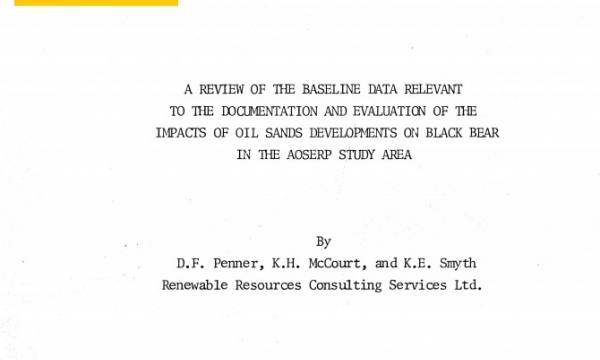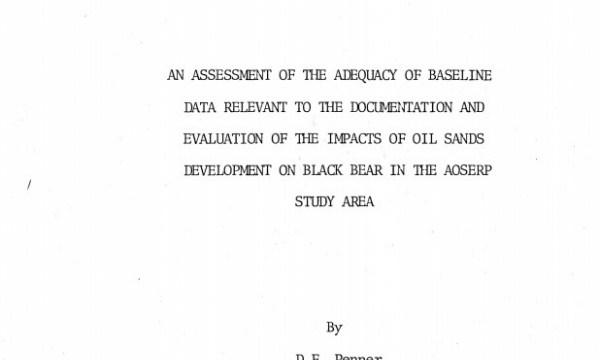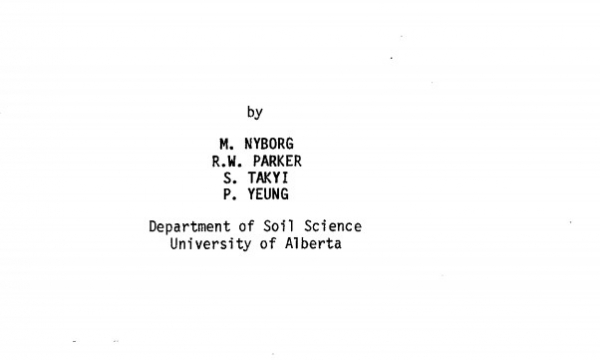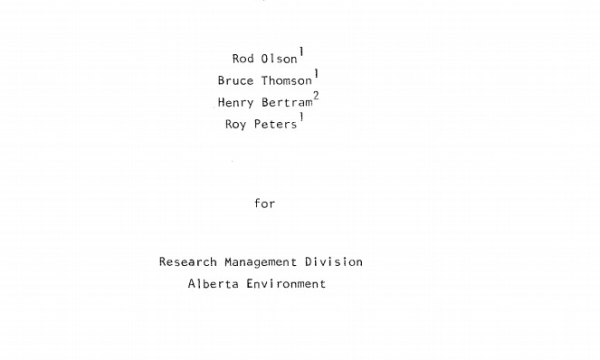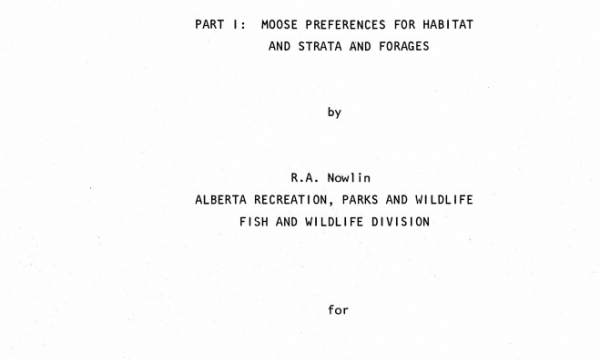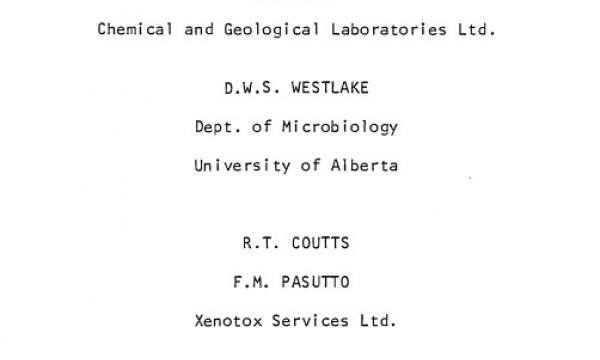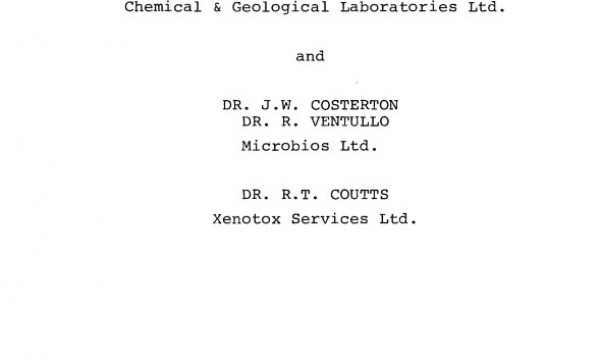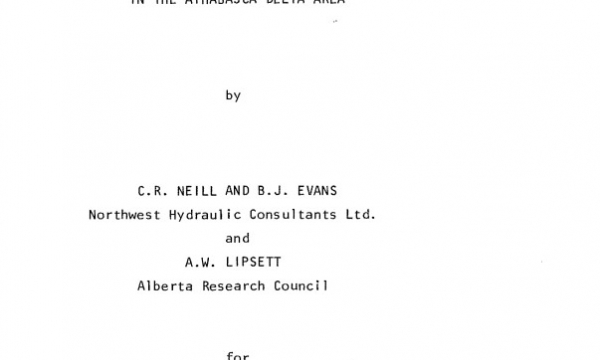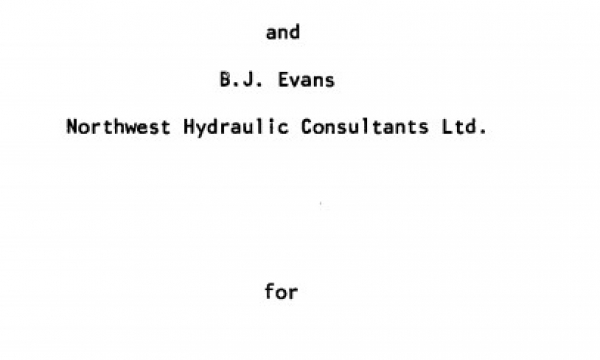Land Management Resources
Resource
Authors
D.F. Penner
K.H. McCourt
K.E. Smyth
Review of the available baseline data relevant to the documentation and evaluation of the impacts on black bear which would result from oil sands development.
Resource
Objectives of this critique are to evaluate whether or not the state of baseline knowledge is adequate to assess the impacts of large developments on the black bear population in the AOSERP study area
Resource
Authors
Marvin Nyborg
Ross Parker
Sam Takyi
Paul Yeung
Several field investigations were carried out to determine the amounts of sulphur deposited in rain, in rain washing off trees, and by direct absorption of SO2 by soil
Resource
Authors
Rod Olson
Bruce Thompson
Henry Bertram
Roy Peters
Determine changes in the input rate of atmospheric trace substances into sensitive ecosystems and provide a database for the documentation of variations in chemical characteristics of precipitation
Resource
Radio telemetry was employed to delineate seasonal use, and preference and avoidance of both habitat strata and forages. Environmental variables affecting habitat use were identified and measured
Resource
Authors
Peter Nix
D.W.S. Westlake
R.T. Coutts
F.M. Pasutto
Incubation of samples taken along a transect of the river just downstream from the oil sands plants showed higher rates of microbial degradation on the west bank where effluents and drainage would be
Resource
Authors
Peter Nix
Jill Costerton
R. Ventullo
R.T. Coutts
A literature review and evaluation of methods used to determine rates of bacterial uptake (heterotrophic assimilation) of organic substrates in fresh water systems was undertaken
Resource
Authors
C.R. Neill
B.J. Evans
A.W. Lipsett
Describe how water and sediment from the Athabasca River are distributed through the delta system and how they circulate and mix in Lake Athabasca and flow through to the Slave River (re contaminants)
Resource
Runoff from within the study area contributes less than 10% of the average flow in the Athabasca River at the northern boundary of the study area. Snowfall constitutes about 30% of precipitation
Resource
A fog study was implemented during 1977-1978 to provide more detailed observations of fog occurrences, especially during the winter when the possibility of ice fog exists


